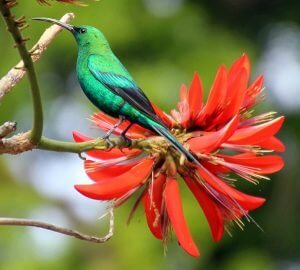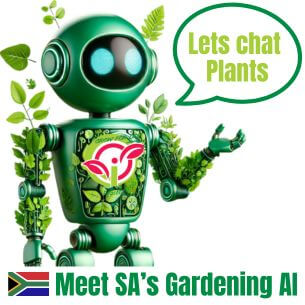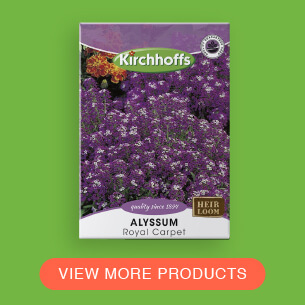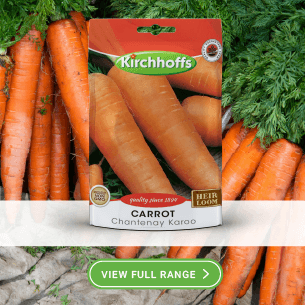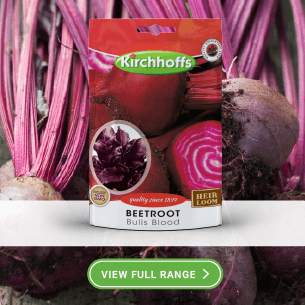Almost any healthy garden will attract birds and wildlife. Some of the basics to include in a wildlife attracting garden are freely available open water sources, some open and uncovered space like a lawn and some more dense covered and structured growth spots like an established bedding with shrubbery and a few small trees.
Tips when selecting plants to attract wildlife to a small garden
- Before selecting plants survey your area and find out which birds live around you.
- Select plants with traits suitable to the wildlife in your immediate area.
- Indigenous and endemic plants are often best for attracting birds to the garden.
- Keep in mind your climate as well as the full-grown size and preferred light conditions when selecting and planting plants.
- Pick strong healthy plants and maintain them regularly, prune to size, water well and feed every now and then.
How to attract wild birds to a small garden
Most indigenous plants will attract wildlife and birds to your garden instinctively, after all they kind off know each other by now seeing as they evolved together.
 If your goal is simply to get more birds in the garden basic bird feeders with generic seed mixes and a few apples and other fruits should do the job, the seed eaters and common omnivores are quick to gather for this. To attract the more interesting bushveld and indigenous birds one must mimic their natural environment in the garden.
If your goal is simply to get more birds in the garden basic bird feeders with generic seed mixes and a few apples and other fruits should do the job, the seed eaters and common omnivores are quick to gather for this. To attract the more interesting bushveld and indigenous birds one must mimic their natural environment in the garden.
Start by planning and laying out our garden in a bird friendly way.
Small gardens are always more challenging than larger gardens. Remember you want to keep your garden as close to their natural habitat as possible, this means you need open spaces as well as trees and shrubs which resemble a forest or bushveld canopy or habitat.
In a smaller garden every plant must deserve the space it uses, all your plants should be healthy and actively flowering and fruiting. Remember that scale is one of the most important design elements in small spaces, refrain from using large trees and bulky shrubbery in small gardens.
Use annuals and grasses, bulbs and succulents to attract insects and birds to the garden, they provide ample colour for small spaces and often produce delightful scents, once again try stick to indigenous options.
A small lawn goes a long way, the open space will provide a hunting space for insectivores like flycatchers and the Fork-tailed Drongo. Bedding edges where the shrubbery and the lawn meet is where the robins and thrushes will play.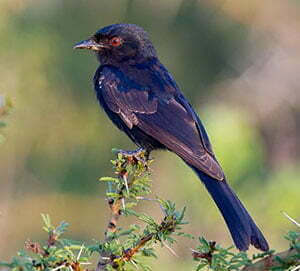
Try to include at least one tree in your small garden, this will provide shelter for smaller wildlife and a vantage point for others. Make sure of the full-grown size of the tree you select and plant it on the western boundary of your garden this will ensure the shade is cast onto your plants in the afternoon at the time when the direct sun is hottest.
As mentioned open water as drinking and bathing points will encourage wildlife and birds to your small garden. Keep in mind where you will be viewing your new visitor from, structure your garden so that attractions are positioned where you can see the birds when they visit. A bird bath is always best placed some distance from a window where one can admire your feathery friends from your home and use the bath as a focal point to draw attention to the garden.
Follow these tips and your small garden will be the local bird life playground in no time. For a list of the best plants to attract birds and wildlife to a small South African garden follow this link.








